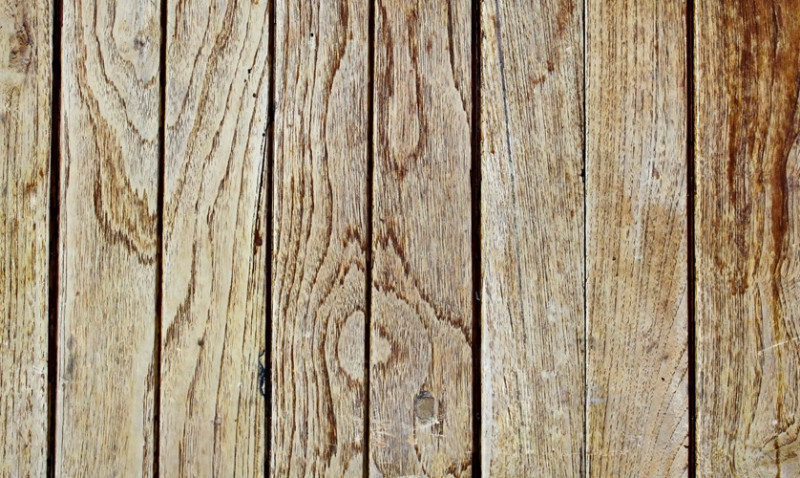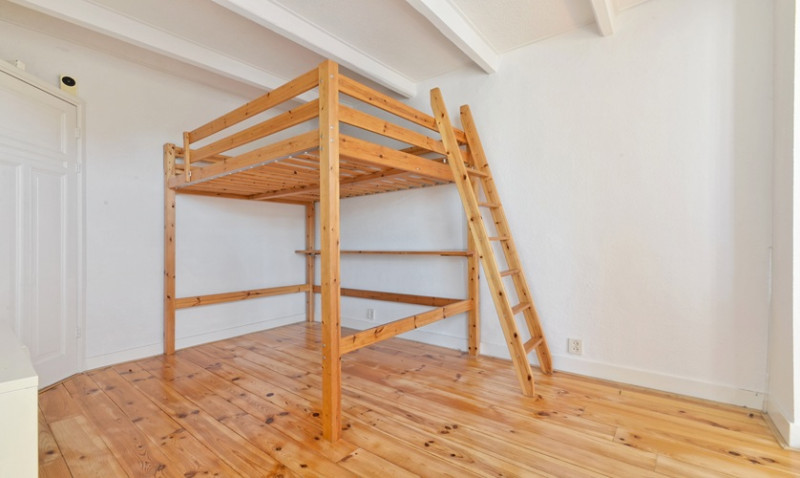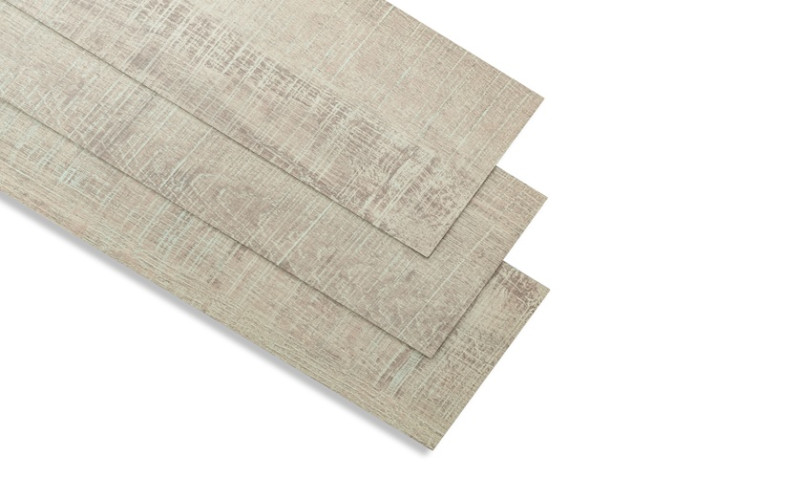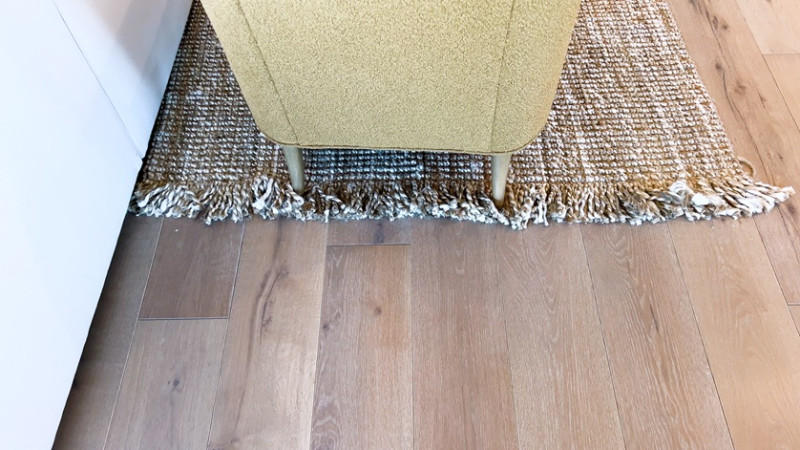
Wood floors are a timeless and elegant choice in many homes, especially in character-filled period properties often found across the United Kingdom. However, over the years, wear, tear, spills, and even pets can leave behind dark, unsightly stains that seem impossible to remove. If you're staring down at a once-beautiful floor, now marred by black spots and cloudy patches, you're likely wondering what can be done. Fortunately, refinishing your wood floor can bring it back to life—if done carefully and correctly.
In this guide, we’ll walk you through how to deal with dark and nasty stains on wood floors, whether you're a weekend DIYer, an interior designer working on a renovation project, or a tradesperson looking for a proven solution. Let’s dive in.
What Causes Dark Stains on Wood Floors?
Before tackling the problem, it's helpful to know what's causing those ugly marks. Most dark stains on wooden flooring stem from moisture—think pet urine, water spills, plant pots, leaking radiators or appliances. Over time, the moisture soaks into the wood and reacts with its natural tannins, leading to oxidation. The result? Deep, dark blemishes that don't just sit on the surface but penetrate the wood’s fibres.
In older properties common throughout the UK, you might also find staining from decades of polish, wax buildup, or even coal residue from bygone fireplaces. High traffic areas can also develop embedded grime that's not easy to remove with just a mop.
Understanding the cause of the staining helps determine how aggressive your refinishing approach should be. Not all stains are created equal—and not all can be sanded or bleached away easily.
Step 1: Assess the Depth of the Stain
The first step is to identify how far the stain has penetrated. Surface stains may appear as grey or black marks that feel smooth when you run your hand over them. These may come out with a good sanding. However, if the floor feels soft, or if the mark has a different texture or gives a bit under pressure, the stain has penetrated deeply—and refinishing may require more drastic measures.
One way to test is to lightly sand a small area of the floor by hand using 120-grit sandpaper. If the stain lightens or disappears, there’s a good chance you can remove it with more thorough sanding.
Keep in mind: if the wood is heavily stained, particularly with black discolouration, you may need to look beyond sanding alone.
Step 2: Sanding - Key to Lifting Surface-Level Damage
Once you’ve assessed the floor, your first major step is sanding. Start with a coarse grit (around 36-40 grit) and work your way up to a finer grit (typically 100-120 grit). You’ll want a drum sander or orbital floor sander for large areas, and an edge sander or detail tool for corners and around skirting boards.
The goal is to remove the top layer of the wood where the stains reside. Remember to always sand in the direction of the wood grain, and don’t be too aggressive—you want to remove the stain without eating away too much wood, especially in period homes where the boards might be thinner from previous refinishings.
Be aware that oil or urine stains might run deeper than the surface. If the mark doesn’t come out after thorough sanding, you’ll need to consider additional treatments or replacement.
Step 3: Use Oxalic Acid to Remove Black Stains
If sanding isn’t enough, oxalic acid could be your best friend. This wood bleach is highly effective for removing black stains caused by water or urine. It reacts with the oxidisation in tannins, lifting the stain out of the grain without damaging the natural colour of the wood.
You can buy oxalic acid in crystal form at DIY stores or online. Mix the crystals with hot water according to the instructions and apply to the stained areas with a mop or brush. Allow the acid to dry completely (this usually takes a few hours), then rinse the area thoroughly with clean water. Allow the floor to dry again, and sand lightly to smooth out the surface.
Always wear gloves and a respirator when handling oxalic acid and ventilate the room properly. It's a strong chemical and should be used with caution.
Step 4: Replace or Patch Severely Damaged Boards
Sometimes a stain is too deep—and you have to accept that refinishing won’t cut it. When this is the case, replacing individual boards may be the most effective approach. This is particularly common in Victorian or Edwardian homes where the original boards are often over 100 years old and may have sustained irreversible damage from moisture or wood rot.
Luckily, reclaimed wood is widely available across the UK—the key is to find boards that closely match your existing floor in terms of species, age, and patina. If you’re not confident removing and replacing planks, it might be best to bring in a skilled floor fitter.
For smaller sections, you may also consider using wood fillers or patches. However, fillers can sometimes stand out after staining or oxidise differently over time, so matching the colour is crucial.
Step 5: Finish the Floor with Stain and Sealer
After tackling the stains, you’ll be left with a raw wood surface that’s ready for a new lease on life. This is your chance to change the tone of the floor with a wood stain—darker finishes like walnut or ebony can help blend in minor remaining imperfections.
Apply the stain evenly using a roller, brush, or pad, and follow the grain of the wood. Allow it to dry completely before applying your sealant of choice. In the UK, two of the most popular finishes are:
- Hardwax oils: These penetrate the wood, offering a natural, matte finish. They're ideal for maintaining a warm, organic look.
- Lacquers or Varnishes: These create a durable topcoat ideal for high-traffic areas, and they add a slight sheen to the floor.
Apply 2-3 coats of sealer, allowing each coat to dry and sanding lightly between coats for a silky-smooth result.
Preventing Future Wood Floor Stains
Now that you’ve restored your floor, you'll want to protect it from the same fate. Prevention is key. Here are a few easy strategies:
- Use area rugs in high-traffic areas
- Wipe up spills quickly—don’t let water sit on the surface
- Place moisture barriers under potted plants
- Train pets and use wee mats as necessary
- Regularly clean with a damp (not soaked) microfibre mop using a pH-neutral wood floor cleaner
Also, consider applying a maintenance coat of oil or lacquer every few years depending on traffic levels. This rejuvenates the finish and adds extra protection.
Conclusion: Bring Your Wood Floor Back to Life
While dark and nasty stains on wooden floors might seem like the end of the line, they don’t have to be. With the right tools, knowledge, and a bit of elbow grease, you can restore your wood flooring to its former glory—or even better.
By sanding, bleaching, patching or finishing it with premium oils or lacquers, you ensure your wood floor isn’t just clean and fresh—it tells a story of longevity, character, and style. Whether you're working on a Central London flat, a rural cottage in Yorkshire, or a renovated Victorian townhouse in Manchester, beautiful wood floors deserve a second chance.
Need expert help or the right products to tackle your refinishing project? Browse our wood floor restoration supplies or contact our team for professional advice tailored to your project’s needs.






